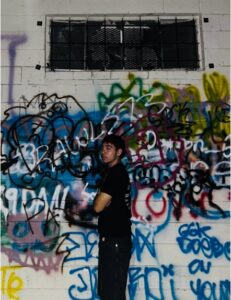VISIBLE DIVERSITY. GENDER VARIANCE.

The transgender community has a long history of existing in the shadows of the gender binary. In the United States there are accounts of transgender soldiers fighting in the civil war. Days of riots at the Stonewall Inn set history and are often referred to as the catalyst for the modern LGBTQ+ civil rights movement. Accounts of the riot indicate that the trans women of color were the first to stand up to the continued police violence and harassment. Sylvia Rivera and Marsha P. Johnson are among the most famous trans women of color to launch programs of support and advocacy for the trans community of folks living in survival economies. Transgender women of color are the recipients of the most violence and discrimination of any other demographic in the United States, according to the 2015 U.S. Transgender Survey. The increased visibility has sparked conversations that are breaking down the confines of the gender binary. This education and visibility is centered around the voices and experiences of trans people surviving the odds against them. More trans folks are becoming part of the conversation about the transgender community as time passes on. This movement to be visible ensures that authentic experiences are creating the narratives of the various trans experiences we know to have happened (not presumed by cisgender observations of experience or data review).
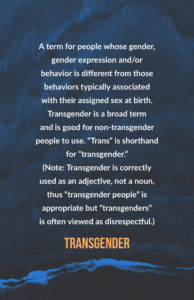
Language to describe the experiences of trans folks has changed and developed throughout history. The continued evaluation, deconstruction and reclaiming of the language used to describe the LGBTQ+ community is meant to empower its members. In the past year, the increased visibility of trans identities has instigated a need for education and language that is reflective of the experiences of the community. The term transgender, for example, encompasses variances and does not restrict transition to be medical, legal or binary.
Mainstream images of bodies over time have influenced the societal norms of what it is to be masculine or feminine. For some, it’s even presumed that to be more of one is to be less of the other. The deconstruction of gender expression and identity is a process and ongoing always. There are many components to identifying as trans. The mainstream portrayal of gender and the images we look up to all look very different from the accounts of some trans and gender variant folks in the Las Cruces area.
This series is a snapshot of the experiences in transcending gender, different from the mainstream and true to local narratives.
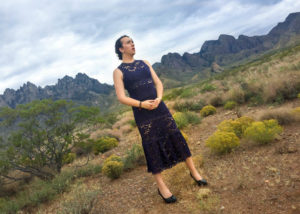
Transitioning requires a tremendous amount of strength, and this strength cannot be wasted. It is much harder to move mountains when negative people and situations weigh you down. Thus, after graduating, I came back home to Las Cruces in order to find some footing. In this time, I’ve rebuilt relationships with those I love, created fantastic new connections, and rediscovered what it is about this world that I love. – Katalina
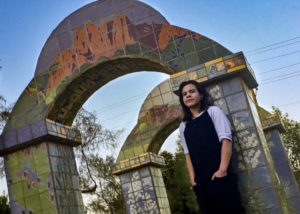
I realized I needed to feel comfortable with myself before starting to work on my future. After testosterone, a lot has changed, not just physically, but mentally. Through that year I gained more confidence than ever before, I feel capable of so many more things, and I’m actually excited for my future now. That year I took off to transition was the best thing I could’ve done for myself. – Atom
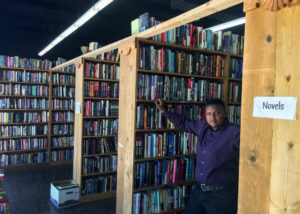
There is such power in seeing oneself in literature. It reminds us that our experiences are valid, it reminds us that we aren’t alone. Go. Read books about yourself. Remember to be awesome. – Eli
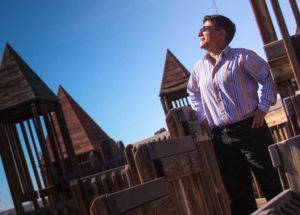
As a young child I felt that I was both male and female. We did not talk about those things in the 1960’s. As I got older, I became part of the Lesbian Community, but never felt I fit in there either. I felt too petite to be what they called “Butch” and not feminine. I identified with Peter Pan. – Ilene
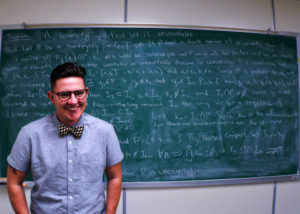
The world doesn’t see all of these facets of my identity. They see a masculine person—sometimes male, sometimes female. It’s frustrating when it comes to things like pronouns, bathrooms, feeling safe in certain environments, showing my ID. I’m conflicted about being seen as a man, especially in mathematics, where it’s common to see departments comprised of 80% white men. This motivates me to be a visible trans person, even when it’s scary. I already see changes in people’s perceptions of gender since getting to know me. I encourage trans and underrepresented students to keep going, even when the world tells you otherwise. – Everette
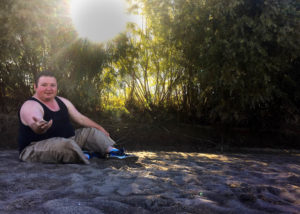
I have seen the world, literally, while being perceived as a woman. No matter what I have experienced in my life, nothing fully prepared me for the amazing journey that has been my trans-adventure into real adulthood. – Caleb
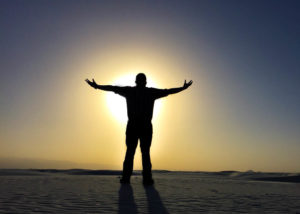
I had sincere reservations about that changing when I came out. However, I was pleasantly surprised by the positive response and how accepting my brothers in blue have been. I feel very fortunate in this aspect because many others in the trans community have not experienced the same response. – Cava


